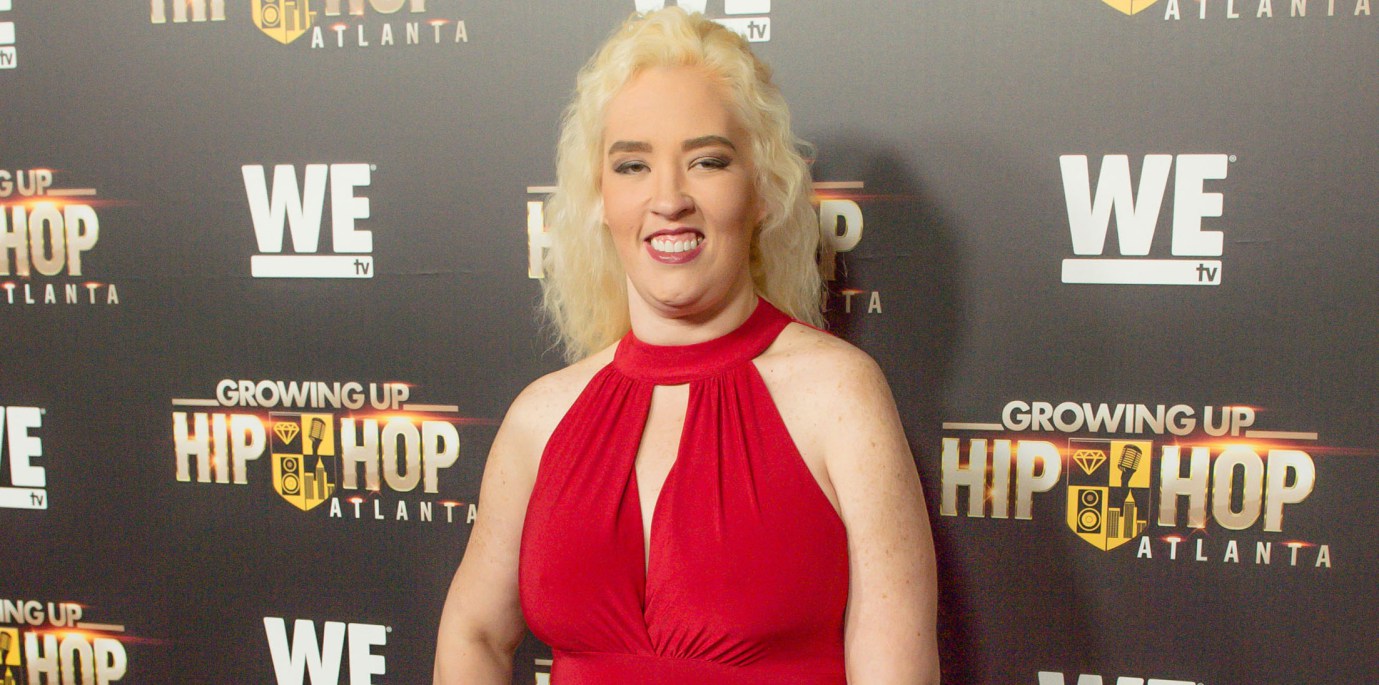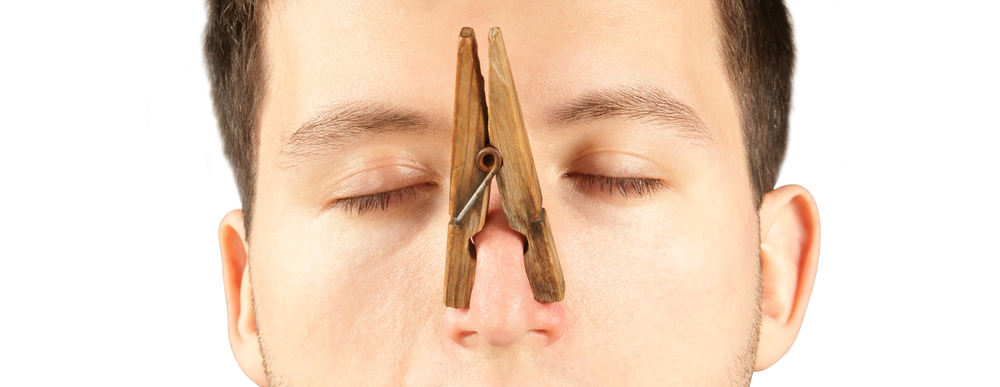- Nipples come in many different shapes, all of which are completely normal.
- You should see your doctor if you observe any changes in your nipples.
- If you dislike the shape of your nipples, there are cosmetic surgery options.
Nipples come in many different shapes and sizes. No matter if your nipples are pointy, flat, inverted, or something else, chances are they’re completely normal.
The only time that you should worry about your nipples is when their shape or appearance changes, since this could be a sign of breast cancer. Otherwise, they’re probably just fine. Still, if you’re unhappy with the shape your nipples, some cosmetic procedures are available.
11 Common Nipple Shapes and Variations
Flat, protruding, puffy, or even inverted are all normal variations in human nipple shapes. Here are the most common.
1. “Normal” Nipple
The so-called normal nipple points outward and protrudes slightly from the surface of the areola, even in the absence of cold or stimulation. When stimulated or exposed to cold, it becomes harder and more erect. Despite the name, few women have “normal” nipples.
2. Puffy Nipple
The areola and the nipple form a cone-shaped or oblong mound that protrudes from the surface of the breast. Like any other nipple shape, puffy nipples harden and become erect when stimulated or exposed to cold. This shape is common in teenage girls but is found in adult women as well.
3. Inverted Nipple
Like the name implies, an inverted nipple points into the breast rather than out. Inverted nipples are quite common; 10–20% of women have them. So, if you have always had inverted nipples and you can easily manipulate them so that they point outward, there is no cause for concern. However, should one or both of your nipples suddenly become inverted, consult your doctor.
4. Unilateral Inverted
If you have one nipple that points inward while the other one points out, this too is normal. If it has always been this way and you can gently pull the inverted nipple out, then there’s no need to worry. However, once again, if the inverted nipple is something new, it’s a good reason to consult your doctor.
5. Flat Nipple
Flat nipples lay even with the areolae but can become erect and hard when cold or stimulated. Like puffy nipples, flat nipples are more common during a woman’s teenage years but may persist into adulthood.
6. Bumpy Nipple
Bumpy nipples are distinguished by pronounced areolar or Montgomery glands, which are the little bumps you have around your nipples. Every woman has these glands, but for some women they are more pronounced. Sometimes squeezing the small bumps can produce a minor amount of keratin and dead skin cells, but doctors recommend that you don’t play with them, because they can become infected.
On average, women have nine Montgomery glands per breast, but they can have as few as zero or as many as 38. They get bigger during pregnancy, and milk may come out of them. It is thought that they provide lubrication for the areola and nipple, so doctors recommend that new mothers, especially those who are breastfeeding, avoid washing their nipples with harsh soap.
7. Protruding Nipple
Protruding nipples always stick out significantly, even when not stimulated or cold. When excited or exposed to low temperatures, they become hard and appear to stick out further.
8. Hairy Nipple
It’s completely normal to have a few hairs coming out of your areolae. These hairs are often the result of hormonal changes, such as puberty, pregnancy, menstruation, or menopause. Birth control pills may also cause the hair follicles around your nipples to produce a few hairs.
If however there are more than just a few hairs around your nipples, this may be a sign of a condition called hirsutism. Hirsutism is the presence of excessive amounts of often coarse, dark hair and results from an overproduction of testosterone, which can occur in polycystic ovarian syndrome (PCOS) and Cushing syndrome.
If you notice a significant number of hairs around your nipples, especially if the hairs are new, consult your doctor.
9. Supernumerary Nipple
Human embryos, like all mammalian embryos, develop breast tissue along the milk line, which starts at the armpits and runs along the sides of the abdomen. It is therefore not uncommon for both men and women to have a third, or supernumerary nipple somewhere along this line. It can look like a mole or a bump.
10. No Visible Areolae
Although not technically a nipple shape, areolae also come in a range of colors and tones, some darker and some lighter. Areolae can even blend into a person’s neutral skin tone so that it appears that they do not have any areolae at all. If this concerns you, certain cosmetic procedures can help to darken the tissue so that it becomes more evident.
11. Combinations
Nipple types are incredibly diverse, and some people can even have nipples that are a combination or variation of more than one type. For instance, one nipple may be puffy while the other one is flat, or one may be protruding and the other bumpy.
When to See Your Doctor
If you notice any changes in your nipples or areolae, you should see your doctor. Among other possibilities, these changes could be a sign of Paget’s disease of the nipple, which is a rare form of cancer that arises in the skin and is often mistaken for dermatitis or eczema.
According to the American Cancer Society, here are some signs to look for:
- Red, scaly, or thickening skin on the nipple or breast
- Nipple turning inward
- Itching/tingling skin over the nipple and areola
- A flattened nipple
- Yellowish or bloody discharge from the nipple
Of course, cancer can affect the breast tissue itself, and when it does, it can produce the following symptoms:
- New lumps or bumps that were not there before
- Dimpling of the skin
- Pain in the nipple or breast
Cosmetic Surgery Options
If you’re dissatisfied with the shape of your nipples, a plastic surgeon may be able to help you get the look you would prefer.
You are a good candidate for surgery if you have:
- One nipple that is different from the other
- Inverted nipples
- Large nipples
- Large areolae
Areola Reduction
A plastic surgeon can perform reduction surgery to make your areolae smaller. You can get the surgery by itself or as part of a breast lift (mastopexy), breast augmentation, or breast reduction.
If you have only the areolae reduction, your surgeon can do the procedure in his or her office under local anesthesia, and you should be able to return to your normal activities that same day. The scarring from the procedure will be detectable around the areolae, but it usually heals well.
Inverted Nipple Repair
This procedure is usually done under local anesthesia in your doctor’s office and entails the doctor placing two stitches under the nipple to keep it pointing out. However, because the procedure affects the milk ducts, after having had the procedure you may no longer be able to breastfeed.
Montgomery Gland Excision
Montgomery gland excision involves removing the portion of the gland on the skin’s surface, called the Montgomery tubercles. In this procedure, your doctor will create a small opening in the surface of your areolae and cut away these tubercles. Then, he or she will close the small wound with sutures.









